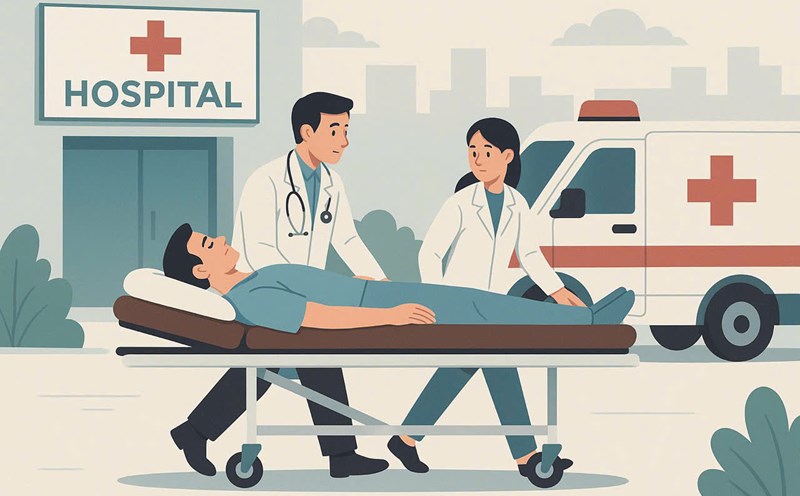4 groups of subjects are covered for the entire cost of health insurance
From July 1, 2025, 4 groups of subjects will be paid by the state budget for all health insurance card costs, improving the fairness and efficiency of social security.
4 groups of subjects will be paid by the State for all health insurance costs including: Standing militia; People aged 75 and over and people aged 70-75 in near-poor households receiving monthly death benefits; People receiving monthly social pension benefits; Employees who are not eligible for pension and are not old enough to receive social pension benefits.
The standing militia will receive 100% health insurance support, recognize their silent contributions and ensure their health to be ready to participate in tasks such as natural disaster prevention, epidemics, and national defense reinforcement.
For the elderly receiving death benefits, supporting health insurance for the group of 75 years old and above and people from 70-75 years old in near-poor households is a humane step, protecting them from financial burdens and taking care of their health in old age.
The group of people receiving social pension benefits are freelance workers, farmers, and those without pension funds. The issuance of free health insurance cards helps them not have to pay for medical expenses when they are old, ensuring a stable life.
The group of workers who are not eligible for pensions and are not old enough for social pension benefits are complex subjects, facing difficulties in income and health.
Cases eligible for 100% of health insurance examination and treatment costs
From July 1, 2025, regulations on health insurance payments will also be expanded, including remote medical examination and treatment, home medical examination and treatment, payment for patient transportation between medical facilities, and treatment of eye problems for children under 18 years old. From these changes, it is expected that the health insurance participation rate will reach the target of over 95% of the population by 2030.











